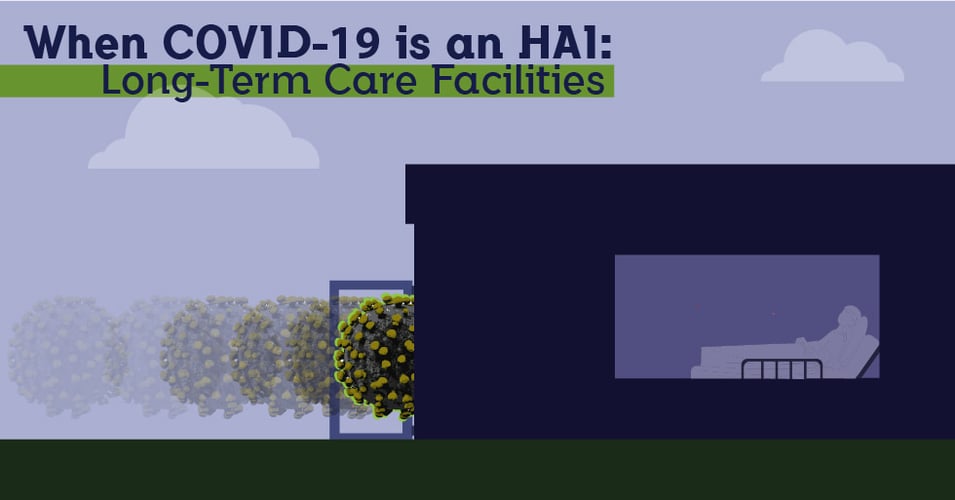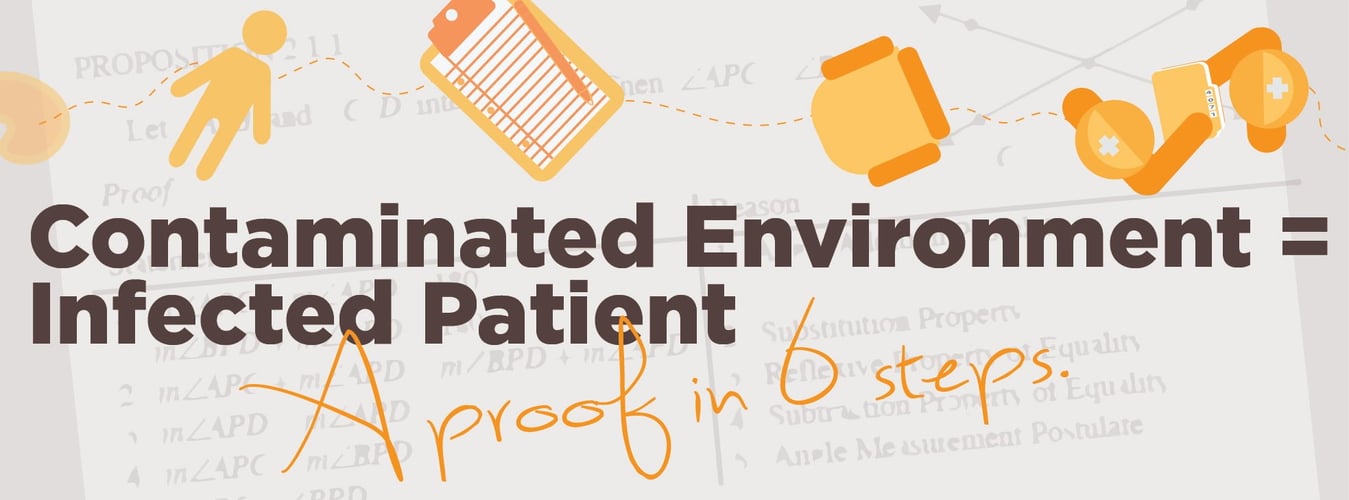Recent reports brought a stunning number to light: 42% of deaths due to COVID-19 have taken place in long-term residential facilities. Just .61% of...
When COVID-19 is an HAI: Long-Term Residential Facilities













